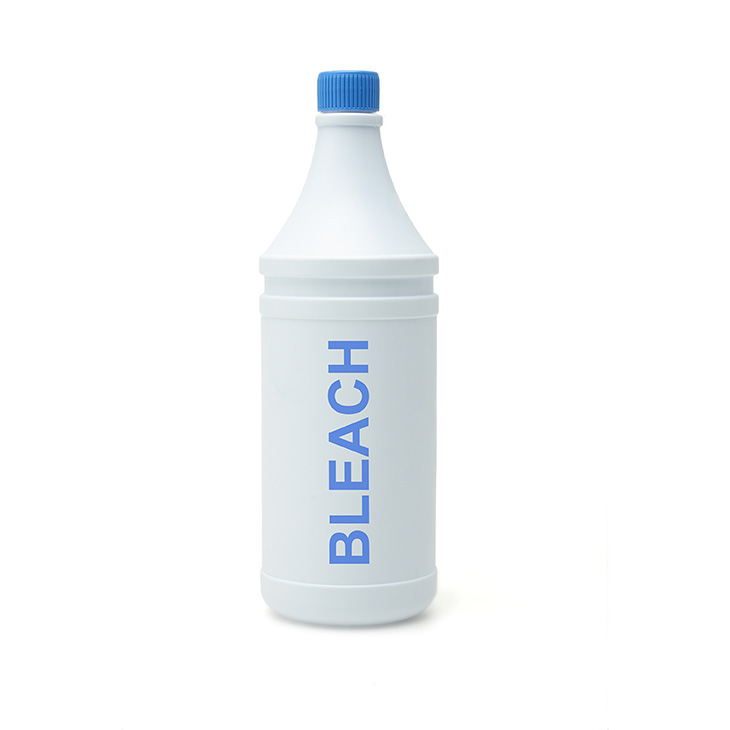
Simple recommendations for making a disinfecting solution
Monday, March 23, 2020
In response to the COVID-19 pandemic, many people are rethinking how they disinfect the surfaces in their homes and workspaces.
Based on what currently is known about the novel coronavirus, it could remain viable on surfaces for hours or days, said Gina Peek, Oklahoma State University Extension housing and consumer specialist.
“Understandably, there has been a large demand for cleaning supplies and some shoppers are coming up empty handed at local stores,” Peek said. “It’s easy to make a simple disinfecting solution at home with just bleach and water. The diluted bleach solution can be used if appropriate for the surface for disinfecting purposes. Getting your home clean and disinfected doesn’t require commercially prepared or name-brand disinfecting products.”
To prepare a large amount of bleach solution, mix one-third cup of bleach per 1 gallon of water. To prepare a smaller amount, mix four teaspoons of bleach per quart of water. Do not use scented bleach, it will not disinfect. Peek warns consumers never to mix bleach with ammonia or any other cleanser. For easy application of a bleach/water disinfecting solution, put the mixture in a spray bottle. If the bleach has been sitting on the shelf in the laundry room for longer than a year, buy a new bottle. Bleach naturally breaks down over time.
Peek said there is a difference in cleaning and disinfecting. Cleaning refers to the removal of germs, dirt and impurities from surfaces. It does not kill germs, but instead removes them, which lowers their numbers and the risk of spreading infection.
Disinfecting, on the other hand, refers to using chemicals on surfaces to kill germs. Peek said this process does not necessarily clean dirty surfaces or remove the germs, but kills the germs on a surface after cleaning in. This also helps to further lower the risk of spreading infection.
“Tables, doorknobs, countertops, light switches, handles, desks, faucets, sinks, toilet handles and toilet seats are high-touch surfaces in the home and office,” she said. “When cleaning and disinfecting, wear disposable gloves to protect your skin and discard after each cleaning. If surfaces are dirty, clean them first and then disinfect. Be sure to allow for proper ventilation.”
In addition, Peek reinforces the importance of people keeping their hands clean. She said to wash hands with soap and water for at least 20 seconds. If that is not an option, an alcohol-based hand sanitizer containing at least 60 percent alcohol, can be used.
Peek offers more information about making a bleach disinfecting solution in a video that can be viewed here. She also demonstrates the proper way to use hand sanitizer in this video that also can be found online.
MEDIA CONTACT: Trisha Gedon | Agricultural Communications Services | 405-744-3625 | trisha.gedon@okstate.edu
